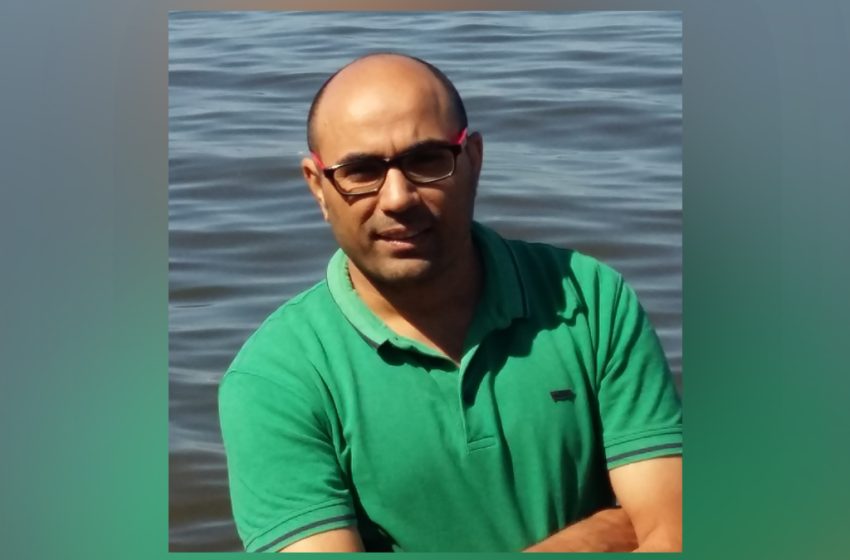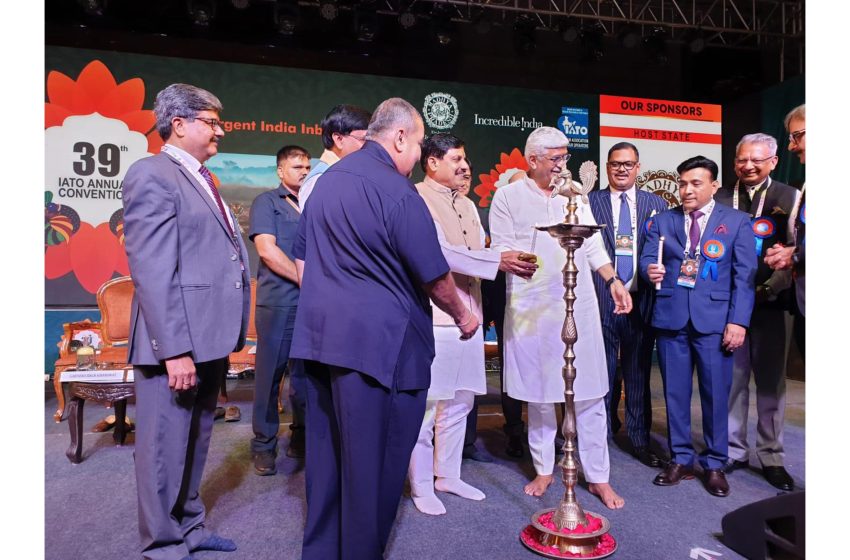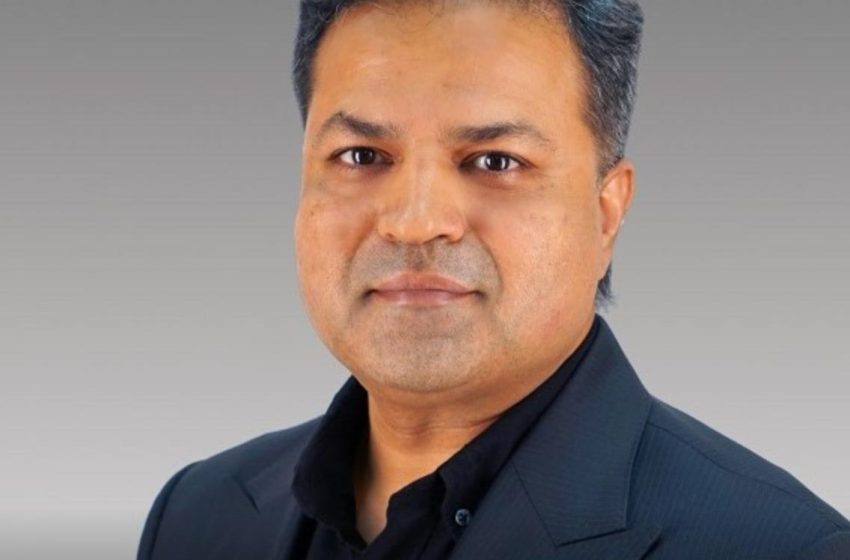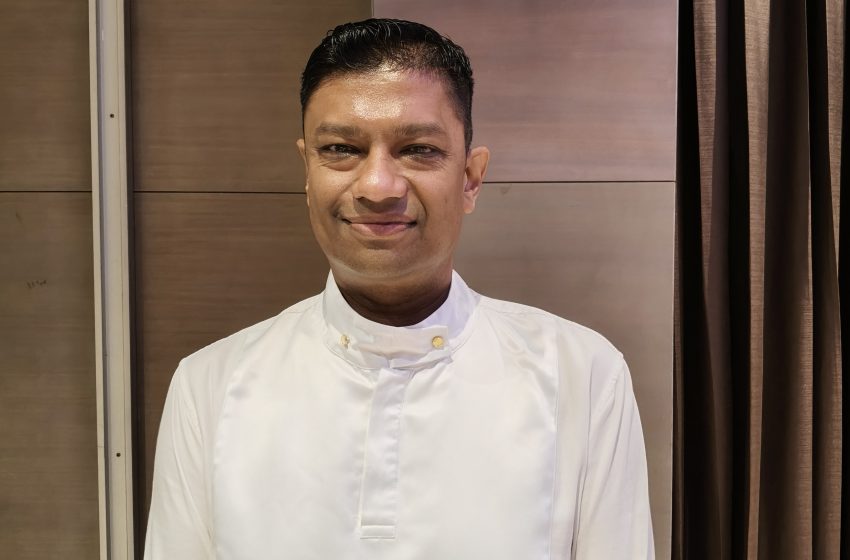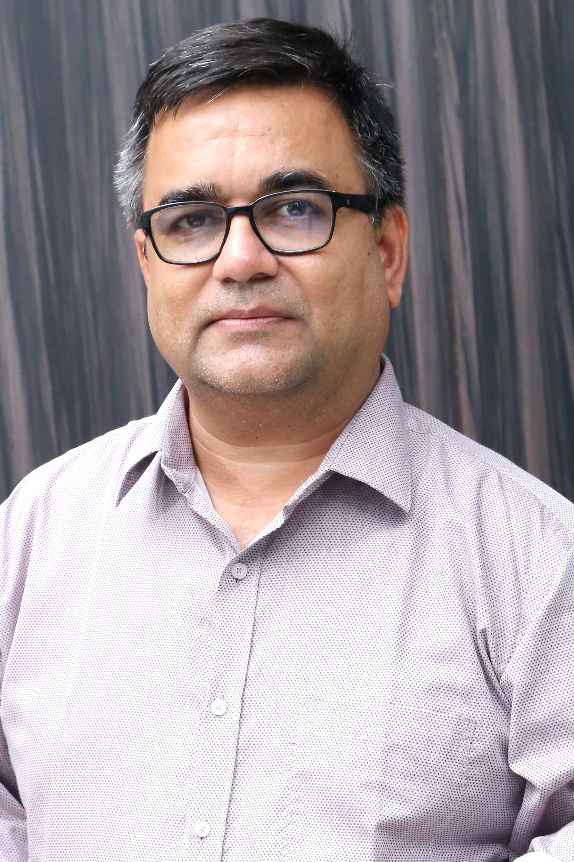India’s inbound tourism paints a very gloomy picture ahead. In the absence of adequate promotion, initiatives and funding, the inbound recovery was far from satisfactory the last year. However, and to the industry’s absolute chagrin, 2024 has been no different so far, probably even worse than the last year, amidst some clear indication that we would likely miss the bus in 2025 as well.


Furthermore, as if a host of unfriendly measures like shutting down overseas Indian tourism offices, discontinuation of scheme that earned the inbound operators incentives on the foreign exchange they earned, among others, were not enough, the 2024-25 Union Budget further plunged the industry, already tottering on the brink, in abject misery.
The recently concluded, 39th edition of IATO Convention, was organised at a time when eyes and expectations are on the post-Covid recovery and the growth thereafter. And in that context, probably the biggest highlight of the event was the lingering scrutiny throughout the three-day event of the government’s commitment to inbound tourism, voiced amply and repeatedly by stakeholders representing IATO and other industry associations and stakeholders.
There were some very strong suggestions, opinions, and demands, made during the events by the likes of IATO President Rajiv Mehra; Puneet Chhatwal, MD & CEO, The Indian Hotels Company Ltd. (IHCL); Ajay Bakaya, MD, Sarovar Hotels & Resorts; Vikram Madhok, MD, Abercrombie & Kent, Amaresh Tiwari, Vice Chairman, ICPB and Board Member – FAITH; among others, with regard to the current state of inbound tourism and the initiatives that are required.
While welcoming Union Minister Tourism and Culture at the inauguration, Mehra expressed hope that under the new Tourism Minister’s leadership, the industry will get full support from the Ministry and overseas promotions will restart. He also requested the Minister to re-instate MDA scheme for the tour operators which has been discontinued for last 3-4 years. “This has resulted in tour operators not being able to do overseas promotion and participate in overseas travel marts,” Mehra lamented.
Reinstatement of schemes such as SEIS that not only motivates and rewards inbound operators on the foreign exchange that they earn, but also aids their individual overseas marketing efforts, an efficient and better-funded Market Development Assistance (MDA) Scheme, putting up trained manpower at embassies overseas to undertake effective promotional work, undertaking different overseas promotion initiatives and regular interaction with foreign tour operators through roadshows, better budgetary support to Ministry of Tourism, advance planning and information for overseas promotion, development of new source markets, organising destination showcase thorough familiarisation trips for FTOs, journalists and influencers, prominently figured in various discourse and suggestions that took place at the IATO Convention.
The three-day event, themed ‘Resurgent India Inbound’ was organised along with a number of business sessions sought to not only, among others, highlight the immense socio-economic and job dividend that the country can benefit from by leveraging inbound tourism, but also highlighted the poor recovery in the aftermath of pandemic and the little support or attention that the inbound tourism sector has been given, amply demonstrated by India’s despondently poor show in attracting foreign tourist so far. Notably, the country earned foreign exchange in excess of USD 30 billion (INR 2,11,661 crore) in 2019, its best year till date.
However, Foreign Tourist Arrival figure is 2023 was still short by a lamentable over 15 per cent in comparison to the peak 2019 numbers, and the situation has not improved much in 2024, because of India’s heavy reliance on fewer source markets. The H1, 2024 inbound numbers were still lagging by 10 per cent, but that was before the Bangladesh, India’s number one tourism source market contributing nearly a quarter of the total FTAs, crisis. Given the continuing political upheaval there, India’s overall FTA number till date is probably worse off than the corresponding 2023 period.
Mehra also highlighted that over the years IATO Conventions have played critical role in showcasing and establishing destinations inbound profile and Madhya Pradesh as the host of the 39th Annual IATO Convention will reap big rewards with increased inbound visitations in the coming years. The delegates were treated with 10 richly crafted post-convention tours covering prominent sites such as Khajuraho Temples, Sanchi Stupa, the prehistoric cave paintings of Bhimbetka, all UNESCO World Heritage Sites, along with other prominent sites, such as Mandu, Jabalpur, Ujjain, Panchmarhi, Shivpuri, its rich wildlife, culture, among others, in order to unlock state’s inbound potential.
The event was attended by Dr. Mohan Yadav, Chief Minister, of Madhya Pradesh; Gajendra Singh Shekhawat, Union Minister of Tourism and Culture; Rajendra Shukla, Deputy Chief Minister of Madhya Pradesh; Dharmendra Bhav Singh Lodhi, Tourism & Culture Minister of Madhya Pradesh; M.R. Synrem, Joint Secretary, Ministry of Tourism, Government of India; Sheo Shekhar Shukla, Principal Secretary – Tourism, Government of Madhya Pradesh & MD, Madhya Pradesh Tourism Board, Bidisha Mukherjee, Additional MD, Madhya Pradesh Tourism Board, Dr. Ilayaraja T, MD Madhya Pradesh State Tourism Development Corporation Ltd. and senior Government officials from Union Ministry of Tourism and Madhya Pradesh State Tourism Department, Madhya Pradesh Tourism Board and Madhya Pradesh State Tourism Development Corporation Ltd.
More than 1,200 delegates attended the event. IATO’s famous Hall of Fame award was bestowed upon IHCL’s Puneet Chhatwal and Late M.L Razdan of Razdan Holidays.
